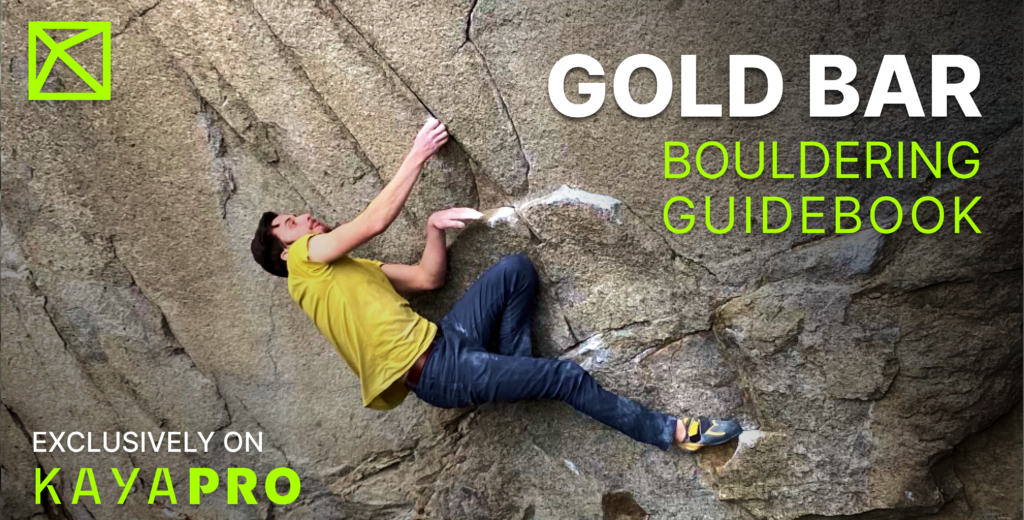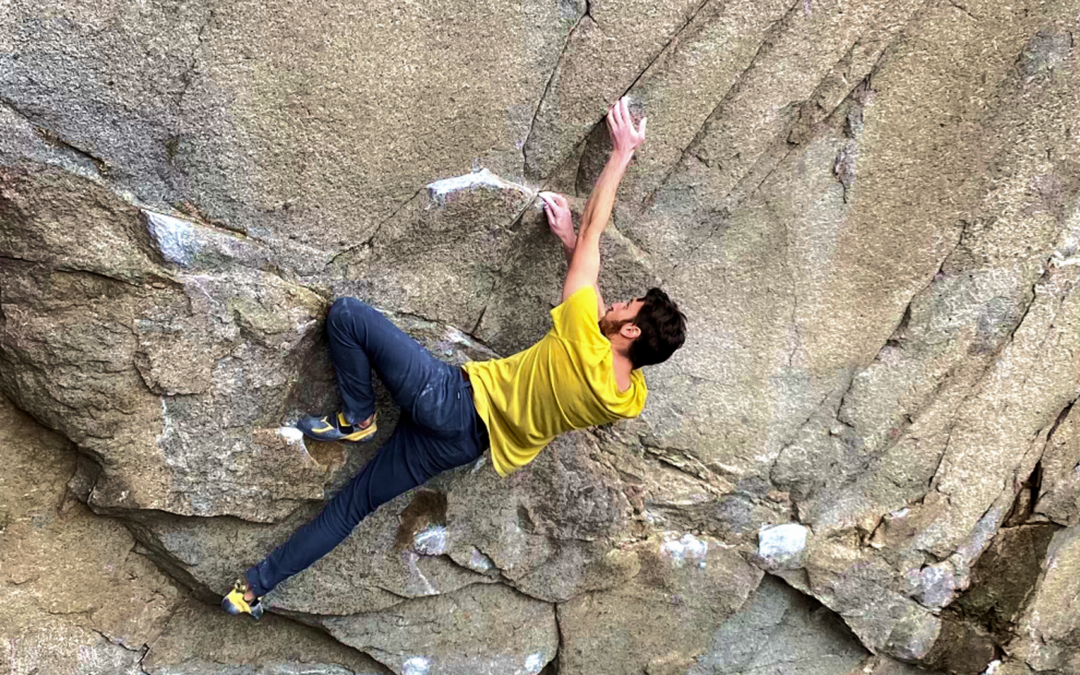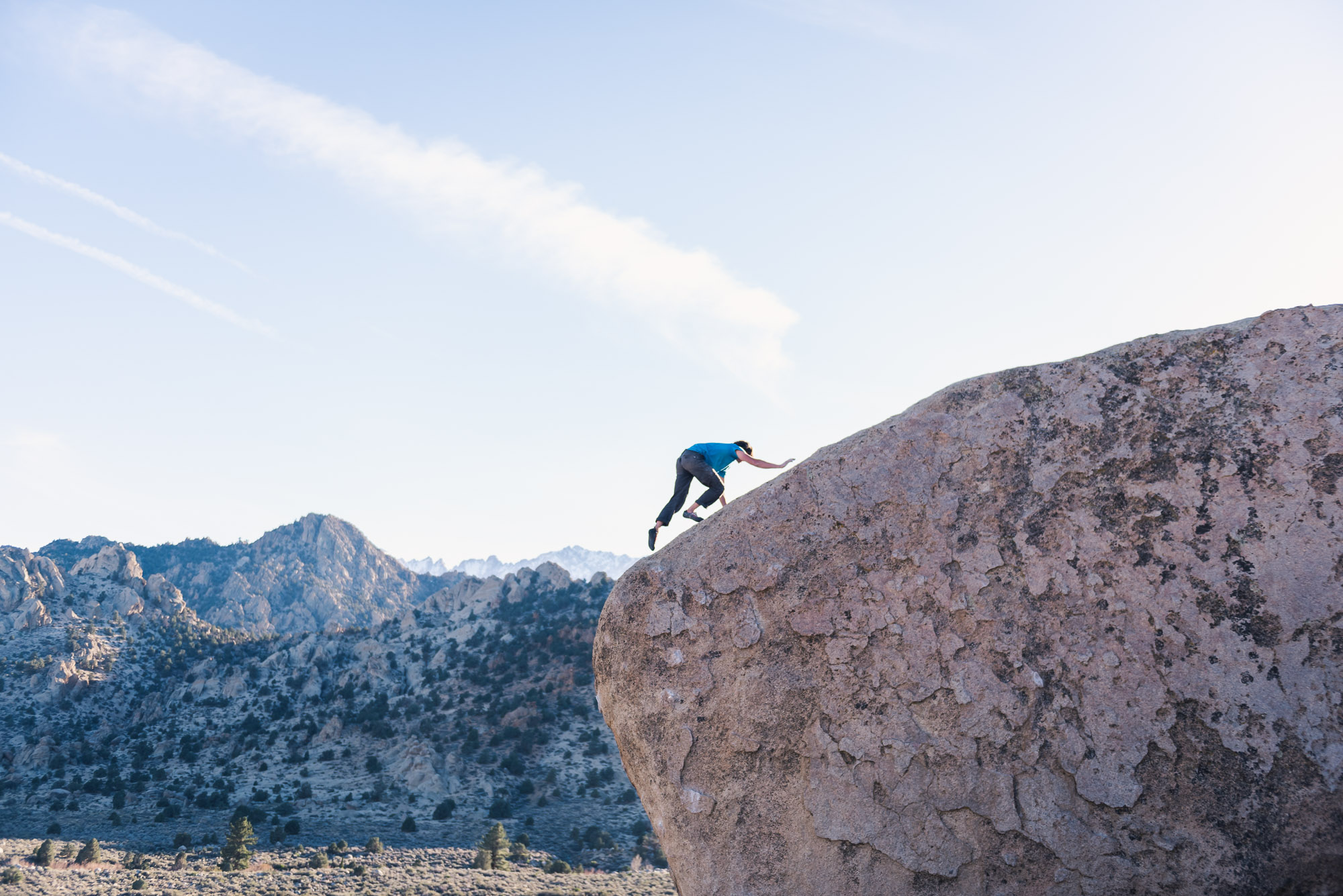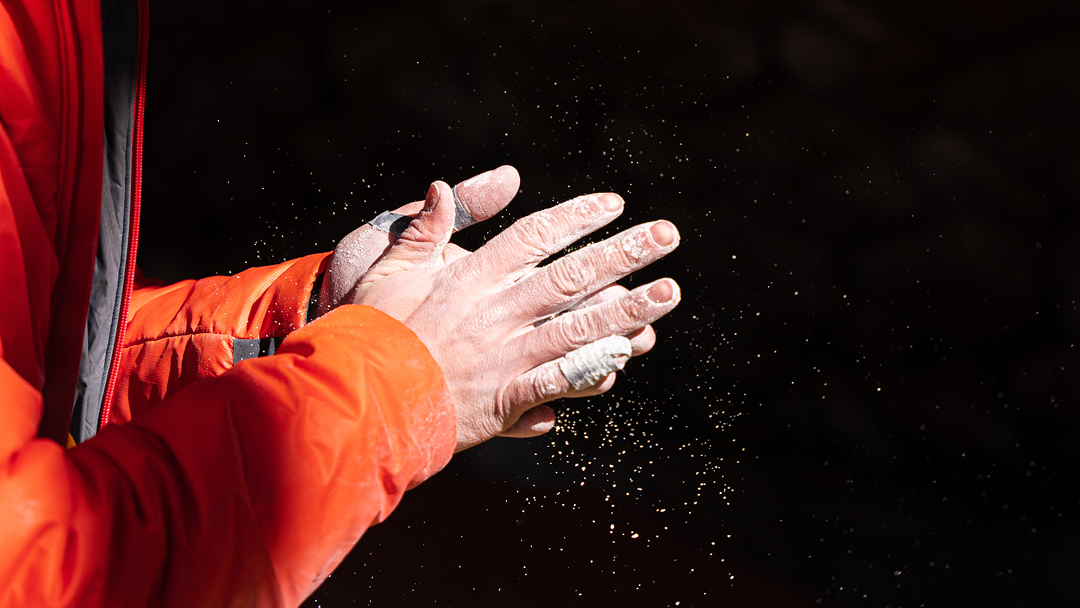Gold Bar Bouldering Overview
The magical forests of Gold Bar offer some of the best granite bouldering in the Pacific Northwest. Known as the sister area to the iconic Index, Gold Bar is home to steep, athletic climbing with a wide range of styles, making it a must-visit destination for PNW boulderers. This guide covers everything you need to know, from classic problems and seasonal tips to access info and local advice.
Also, check out The Top 10 Most Popular Problems in Gold Bar! Or, watch the full video on YouTube.
Understanding Gold Bar Bouldering
The area is best known for its athletic movement and featured granite, with problems ranging from juggy overhangs to compression-heavy sequences. Unlike the delicate technical face climbing at nearby Index, Gold Bar’s climbs often feature big moves, blocky pinches, and solid holds.
Despite its popularity, Gold Bar retains a rugged, backcountry feel, with long approaches and a sense of isolation that many climbers find refreshing. The granite here is gritty and durable, making it climbable in a wide range of conditions, especially in the cooler months.
Rock Type and Climbing Style
Unlike the notoriously thin and technical climbing at nearby Index, Gold Bar bouldering features comfortable rounded seams, protruding knobs, and blocky pinches. Expect climbs that are more featured than typical granite areas, allowing for powerful movement and compression sequences.
The area offers a bit of everything:
- Steep and featured problems
- Shady and technical lines
- Athletic face climbing with textured granite that feels surprisingly forgiving for a bouldering spot in the Cascades
Whether you’re chasing pumpy overhangs or looking for movement puzzles, Gold Bar delivers with a varied and engaging climbing style.
Best Times to Boulder in Gold Bar
Gold Bar’s location in the foothills of the Cascade Mountains means that conditions vary drastically by season. While it’s technically possible to climb almost year-round, some seasons are notably better than others. Here’s how to make the most of your trip, no matter when you go:
Spring in Gold Bar offers cool temperatures and good friction, making it one of the best times to visit. However, snow can linger on shaded boulders, especially in the forested areas, and spring rains are not uncommon.
Summer brings long, dry days that make for reliable climbing conditions. However, the less forested areas can become brutally hot, especially during midday. To beat the heat, aim for early morning sessions or climb in the shaded forest zones, where temperatures remain more manageable.
Fall is the prime season. The air is cool and drier, offering the best friction of the year. Fall is a favorite season for many climbers, as the rock stays dry and the daytime temperatures are perfect for sending harder problems. Be mindful of occasional rain and snow in late fall.
Winter can be a gamble. When it’s dry, the cold air provides excellent friction, and the areas that receive direct sun are usually climbable. However, snow and ice can make approaches tricky, and shaded boulders may remain wet or frozen for weeks or months.

Essential Areas for Every Skill Level
Beginner-friendly Classics
Gold Bar isn’t just for seasoned crushers. Newer climbers will find plenty of approachable problems with good holds, flat landings, and engaging movement. Many of the beginner problems at Gold Bar feature jugs, rails, and comfortable handholds, making them perfect for warming up or working on movement fundamentals. The granite’s natural texture offers excellent friction, helping new climbers develop trust in their foot placements.
Beam Me Up V2, Upper Gold Bar— A great, tendon-friendly warmup or beginner intro to climbing outside. Fun moves on great rock. See the image above.
Lightning Crack V0, Upper Gold Bar— A beautiful, lightning bolt-shaped hand crack.
Summer Solstice V3, Upper Gold Bar— Classic classic classic. Start on the triangular slot and move right into the large, sloping ledge, then continue through long moves between jugs up to the lip. Top out via seams on the slab above.
Intermediate Classics
These problems offer a mix of powerful movement and technical precision, perfect for climbers looking to advance their skills. Expect steep, athletic sequences that require a balance of strength, tension, and thoughtful footwork. Intermediate climbs at Gold Bar often feature dynamic pulls, compression moves, and longer reaches, blending power with technique. The textured granite and varied holds make each problem unique, challenging you to find the right balance between force and finesse.
Working through these problems helps develop both strength and problem-solving skills, making them ideal for climbers pushing beyond the basics.
Serenity Now V4, Lower Gold Bar— A proud, tall line. Start low in a crouch and power up into the technical dihedral, making tenuous moves on minimal features.
Samurai V5, Upper Gold Bar — Start low in the overhang on the big nose feature and work up through some bad pinches to better holds over the lip. Finish up the tall slab. A must-do!
Sobriosity V6, Lower Gold Bar— The most popular boulder in Gold Bar on KAYA! Start seated on the low jug rail and climb right across the short and steep face. Friendly holds and many solutions make this popular problem enjoyable for nearly everybody!
Hard Classics
The harder classics here test your ability to stay controlled through powerful moves on sharp, textured holds. Whether it’s a burly overhang or a tensiony face, these problems offer a rewarding challenge for experienced climbers looking to push their limits.
Obesity V7, Upper Gold Bar— Sit start low in the middle of the overhang on a big pinch. Climb through big ledges to an amazing rose move into another nice pinch. Unwind and keep it together through more sloped ledges to finish.
Ross Bongo V8— Absolutely classic and a must-do for those climbing in this grade range. Climb the steep, tiered arete just left of the Five Star Arete from a sit start on a left facing blocky jug. Powerful and gymnastic moves will get to the prominent slot hold on the left side of the overhang then keep it together for the rest of the steepness and long, heady topout on incut seams.
Lighten Up aka The Essence V9, Upper Gold Bar— Don’t miss this one! Sit start at the bottom right side of the overhanging arete on a flat rail. Climb up through incut sidepulls and arete holds to a big athletic dyno to an incut edge high in the face and finish up through more good rails.
Extra-Hard Classics
While fewer in number, Gold Bar is home to quality test pieces that push even the strongest climbers. These lines are typically steep, powerful, and unforgiving, requiring exceptional finger strength, core tension, and precision.
Ticking these requires not just physical ability but also mental resilience and a strategic approach to projecting. For those seeking the ultimate challenge, these problems represent the hardest of Gold Bar bouldering.
Twisted V10, Upper Gold Bar— One of the best 10’s in GB. Sit start on the right side of the arete. Climb up the prow using holds on both sides eventually moving onto the left side after gaining a large, sloping rail. Top out straight above. Easier for the tall though many options exist for all body types.
The Green Goblin V11, Upper Gold Bar— Start low under the vibrant overhang matched on a juggy seam with your heel out on the nose of the arete. Work through crimps and pinches to set up for a powerful and athletic dyno to the lip and tricky finish.
World Of Calamity V12, Upper Gold Bar— Start on the big jugs in the center of the wall as for Road to Zion. Climb straight up the cracks and seams to an exposed topout. A proud, sick line!
Planning Your First Gold Bar Bouldering Visit
Gold Bar is an incredible bouldering destination, but planning ahead will make your trip smoother and more enjoyable. Here’s everything you need to know before heading out.
Getting There
Gold Bar is located about 50 minutes east of Seattle along Highway 2. The approach involves driving through the small town of Gold Bar before heading up the Reiter Foothills Road. The bouldering areas are dispersed throughout the hillside, with some zones requiring longer hikes.
Parking and Permits
Parking for Gold Bar is limited and requires a Discover Pass, which can be purchased online or at local gear stores. The pass costs $35 per year or $10 for a single day and must be displayed on your dashboard. The main parking area is at the Reiter Foothills ORV Area, but some smaller pullouts along the road may also be used. Be mindful of signs and never block gates or trails. Get your pass here.
Hiking In
Motorized access to the bouldering zones was closed around 2010, so all approaches are on foot. Trails can be steep and rocky, especially after rain, so sturdy shoes are recommended. The Clearcut areas are more exposed and dry quickly, while the Forested zones might be wet or muddy after storms.
Safety and Ethics Essentials
Bouldering at Gold Bar is an incredible experience, but it comes with responsibilities. The area’s unique environment and long-standing climbing culture require that all visitors follow local guidelines to preserve access and respect the natural surroundings.
- Cell service can be spotty. Remember to always tell someone your plans and carry a basic first aid kit.
- The Pacific Northwest’s weather can change rapidly. Always check the forecast before heading out, and be prepared for rain even if the morning is clear.
- Wear sturdy hiking shoes and be prepared for muddy or slippery trails after rain.
- Brush your tick marks and pick up all tape scraps before leaving a boulder.
- Respect the natural environment by staying on established trails and avoiding shortcuts that cause erosion.
- Gold Bar is on public land managed by the Washington State Department of Natural Resources (DNR). It’s crucial to follow the rules and respect signs and closures.
- Keep dogs on a leash and make sure they don’t disrupt other climbers or wildlife, and always clean up after them.
By showing respect to the land and other climbers, you’re contributing to the ongoing effort to keep Gold Bar accessible and enjoyable for the climbing community.
Gold Bar Bouldering Conclusion
Gold Bar is one of Washington’s most iconic bouldering destinations, combining rugged granite, diverse problem styles, and a stunning natural setting. The area’s blend of steep, powerful moves and technical sequences offers a rewarding experience for those looking to improve their outdoor skills. With Gold Bar’s popularity comes a responsibility to protect access and preserve the environment. Practicing Leave No Trace, respecting parking regulations, and keeping noise to a minimum will ensure that this beloved climbing spot remains open for years to come.
Check out Drew Schick’s full Gold Bar Bouldering Guide on KAYA.






